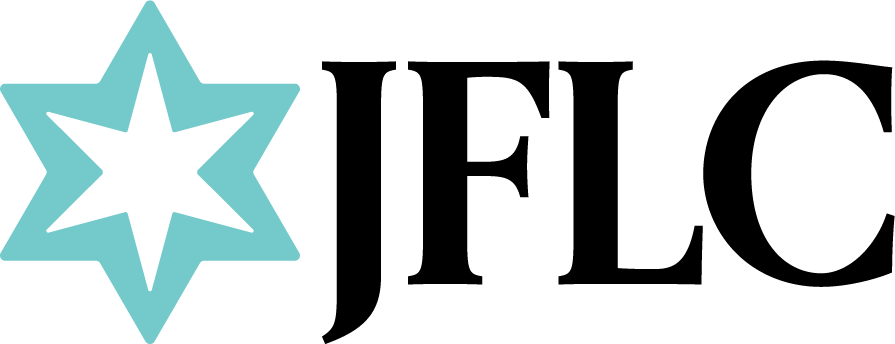The History of Predatory Lending in Chicago
At Jewish Free Loan Chicago (JFLC), we provide Jewish Free Loans, which are small personal loans that are interest-free and can be paid back on a timeline that meets each borrower’s individual needs. The proliferation of nonprofit organizations such as JFLC are crucial to preventing the debt trap that predatory lenders seek from prospective borrowers. These predatory practices, however, are not new to Chicago.
Along with its state-of-the-art skyscrapers and vibrant culture, Chicago has an obscure history of discriminatory lending practices. Predatory lending is the exploitative practice of lending money to financially vulnerable individuals at high interest rates. This type of lending has been an issue for the city for decades and continues to plague vulnerable individuals by trapping them into a never-ending cycle of debt.
Predatory lending in Chicago today is rooted in historical discriminatory practices that have targeted low-income, Black and Latinx communities. One of the earliest examples of contemporary predatory lending is the Housing and Urban Development Act (HUD) of 1968. HUD aimed to prohibit discrimination for prospective homeowners of marginalized identities, however, the policy contributed to the exploitation of racial minorities by keeping them in debt. HUD allowed for the continuation of deceptive Federal Housing Administration (FHA)-insured mortgage loans in “older, declining urban areas” (LPE Project). However, these “certain areas” that FHA-insured mortgage loans targeted were predominantly Black and Latinx neighborhoods in Chicago.
Mortgage bankers and real estate agents were able to earn such high profits from predatory lending through bribing appraisers to claim a higher value than the house was actually worth. Then, mortgage bankers would give loans adjusted to the inflated home price. Real estate agents would fill out their clients’ mortgage application forms and falsify their annual income, thus entrapping their clients into mortgages they would not have the ability to pay off. When these homeowners would fail to pay their mortgages, lenders would initiate foreclosures since the HUD stated that they would only collect their payments on defaulted loans if the property was vacant. Policies such as the HUD Act of 1968 demonstrate the institutional enabling of predatory lending and how it has disrupted the ability of Black and Latinx individuals to create generational wealth by facilitating conditions that force marginalized communities to foreclose their homes and pay back unaffordable inflated loans.
Although there are laws in place today that protect individuals from such high interest rates, such as a Predatory Loan Prevention Act (PLPA), predatory lending is not an issue of the past and is still disproportionately destabilizing at-risk communities. Recently, an Illinois pawnbroker made a 243% interest loan to an active-duty member of the military, violating the Federal Military Lending Act (MLA), which caps the interest rates charged to military members at 36%. Despite both the state and federal protection from loans with interest rates higher than 36%, the Illinois pawnbroker was able to convince a Sangamon County Circuit Court judge to grant an injunction that would allow the pawnbroker to continue charging such interest rates.
Woodstock Institute found that this is not an isolated incident and that pawnbrokers frequently fail to ask about a borrower’s military status, thus suggesting that these predatory lending practices have been occurring for much longer than this recent example. Although policies such as the MLA and the PLPA outlaw such deceitful actions, predatory lenders still exist and will find loopholes to continue the exploitation of individuals.
If legislation has provided legal protections from predatory lending but exploitative practices are still occurring today, what is the solution to preventing individuals from absurdly high interest rates?
Zero-interest lending is the most humane form of financial empowerment as borrowers gain access to capital without accumulating more debt. Free loans provide an optimistic future to communities that have not had the chance to partake in fair lending practices, thus creating opportunities for building generational wealth and providing alternatives to predatory lenders. We’re proud to support our community in living financially-stable lives, free from the cycle of debt that these long-held predatory lending practices promote.
Learn more about our loan process, as well as what types of needs can be covered by a zero-interest loan, here.

